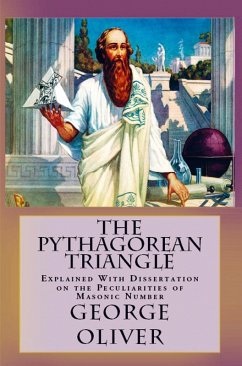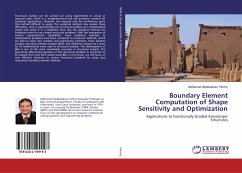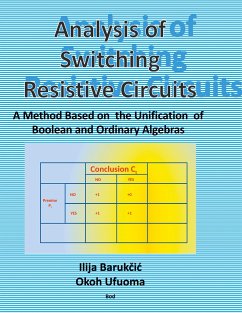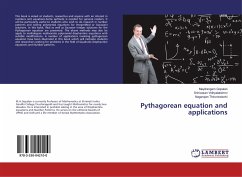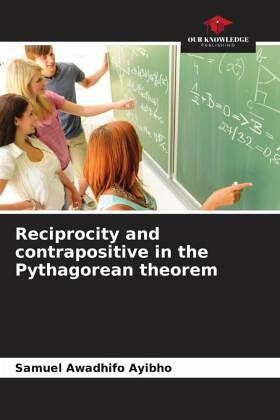
Reciprocity and contrapositive in the Pythagorean theorem
Versandkostenfrei!
Versandfertig in 6-10 Tagen
29,99 €
inkl. MwSt.

PAYBACK Punkte
15 °P sammeln!
The reciprocal of the Pythagorean theorem is the same as explaining that a triangle is right-angled. For example, consider a triangle whose lengths are 3, 4 and 5. To explain that this triangle is a right-angled triangle, we need to use the reciprocal of the Pythagorean theorem. On the one hand, we have 32+42=9+16=25. On the other hand, it's true that 52=25. So 32+42=52 and, by the reciprocal of the Pythagorean theorem, it's a right-angled triangle. If we want to explain that a triangle is a right-angled triangle, we need to sum the squares of the two shortest lengths and check whether this su...
The reciprocal of the Pythagorean theorem is the same as explaining that a triangle is right-angled. For example, consider a triangle whose lengths are 3, 4 and 5. To explain that this triangle is a right-angled triangle, we need to use the reciprocal of the Pythagorean theorem. On the one hand, we have 32+42=9+16=25. On the other hand, it's true that 52=25. So 32+42=52 and, by the reciprocal of the Pythagorean theorem, it's a right-angled triangle. If we want to explain that a triangle is a right-angled triangle, we need to sum the squares of the two shortest lengths and check whether this sum is equal to the square of the longest side.






